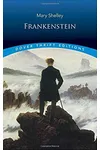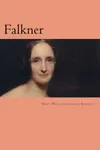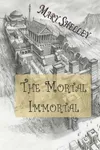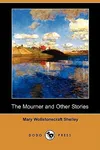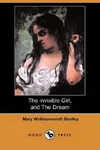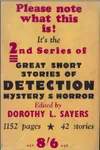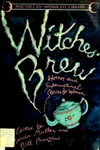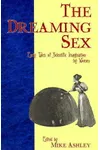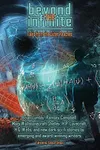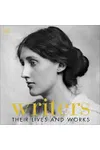Picture a young Englishwoman, barely 19, crafting a tale so chilling it birthed a genre—meet Mary Shelley! Known for her groundbreaking novel Frankenstein, she wove stories of human ambition and monstrous consequences, cementing her place as a titan of Romantic literature and the mother of science fiction.
Born in 1797, Mary’s life was a whirlwind of brilliance and tragedy, yet her pen never faltered. Her work, steeped in Gothic allure and philosophical depth, continues to captivate readers. Let’s dive into the life and legacy of this literary trailblazer!
The Making of Mary Shelley
Mary Wollstonecraft Godwin was born in London to radical thinkers Mary Wollstonecraft, a feminist pioneer, and William Godwin, a philosopher. Losing her mother at just 11 days old, Mary grew up in a household buzzing with intellectual fervor. By 16, she fell in love with poet Percy Bysshe Shelley, eloping with him in 1814 despite scandal. Their adventurous life, filled with travel and literary circles, shaped her bold voice. A fateful ghost story challenge during a stormy summer in Geneva sparked Frankenstein, her magnum opus, published in 1818.
Mary Shelley’s Unforgettable Stories
Frankenstein; or, The Modern Prometheus is Mary’s crown jewel, a Gothic masterpiece exploring creation, responsibility, and the human condition. The tale of Victor Frankenstein and his tormented creature redefined storytelling, blending science with moral questions. Her second novel, The Last Man (1826), a haunting apocalyptic tale, imagined a world ravaged by plague, showcasing her knack for speculative fiction.
Mary’s style fused Romantic passion with sharp intellect, often probing themes of isolation, ambition, and societal rejection. Her lesser-known works, like Mathilda (1819), a novella of familial strife, and Valperga (1823), a historical romance, reveal her versatility. Each story pulses with emotional depth, wrapped in lush, evocative prose that draws readers into her world.
Despite personal losses—three children and Percy’s drowning in 1822—Mary kept writing, editing Percy’s poetry and penning essays, travelogues, and short stories. Her resilience shines through her diverse catalog, proving her a literary force beyond Frankenstein.
Why Mary Shelley Matters
Mary Shelley didn’t just write stories; she reshaped literature. Frankenstein birthed science fiction, influencing countless works from H.G. Wells to modern dystopias. As a woman in a male-dominated era, her success challenged norms, inspiring female authors like Charlotte Brontë. Her exploration of ethical dilemmas—creation, technology, hubris—remains strikingly relevant, sparking debates in classrooms and beyond.
Her legacy thrives in adaptations, from films to graphic novels, and in the enduring fascination with her life as a Romantic icon. Mary’s courage to confront the darkest corners of humanity ensures her voice echoes today.
About Mary Shelley
- Born: August 30, 1797, London, England
- Key Works: Frankenstein (1818), The Last Man (1826), Mathilda (1819)
- Notable Fact: Wrote Frankenstein at 19 during a ghost story contest with Lord Byron and Percy Shelley
- Died: February 1, 1851, London, England
Snag Frankenstein and dive into Mary Shelley’s thrilling blend of Gothic horror and profound questions—it’s a journey you won’t forget!
